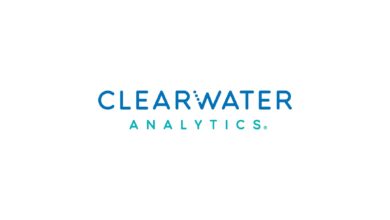AI is redirecting data and analytics strategy

61% of organisations are forced to evolve or rethink their data and analytics (D&A) operating model because of the impact of disruptive artificial intelligence (AI) technologies, according to a new Gartner, Inc. survey.
“Responding to the rapid evolution of D&A and AI technologies, CDAOs (chief data and analytics officers) are wasting no time in making changes to their operating model,” said Alan D. Duncan, VP analyst at Gartner.
CDAOs are doing it to support data-driven innovation and accelerate organisational agility, with data governance at the core, according to a survey of 479 data and analytics officers
When asked about changes CDAOs need to make to their D&A operating model to be fit for current and future purpose, 38% of CDAOs said that their D&A architecture will be overhauled over the next 12-18 months.
29% of respondents said they will revamp how they manage data assets and adopt and apply governance policies, practices and standards.
Expanding Responsibilities
“While the management of their organization’s D&A operating model is increasing year over year, no other role than the CDAO has the responsibility of many of the key enablers of AI, which include data governance, D&A ethics, and data and AI literacy,” said Duncan.
“The scope of responsibilities of the CDAO role has also expanded as budget and resource constraints become even more of a problem.”
Among the CDAO’s key responsibilities are managing the data and analytics strategy (74%) and governance (68%).
Being accountable for AI is also high on the CDAO’s agenda. The survey found that 49% of CDAOs said generative AI (GenAI) is within their scope of primary responsibilities. AI is within scope for 58% of CDAOs, which is an increase from 34% in 2023.
Negotiating Funding
The expansion of responsibilities entails a significant cost for CDAOs. Among CDAOs who report a year-over-year increase in their functions funding, 46% still report budget constraint as a challenge.
“CDAOs who present better business cases to CFOs, receive better and quicker funding for their D&A initiatives. They also gain higher executive buy-in,” said Duncan.
Recommended reading
CDAOs must explain to the CFO how any change in D&A funding models aligns to the ratio of D&A value propositions as a utility, enabler or driver of the organisation.
“However, only 49% of surveyed CDAOs have established business outcome-driven metrics that allow stakeholders to track D&A value. In addition, 34% have not established business outcome metrics for D&A,” continued Duncan.
CDAOs need to grow their power and influence to make things happen. They also must understand the value levers and pain points of the organisation end to end to showcase their value to the board.
“If not, by 2026, 75% of CDAOs who fail to make organisation-wide influence and measurable impact their top priority, will be assimilated into technology functions,” concluded Duncan.



